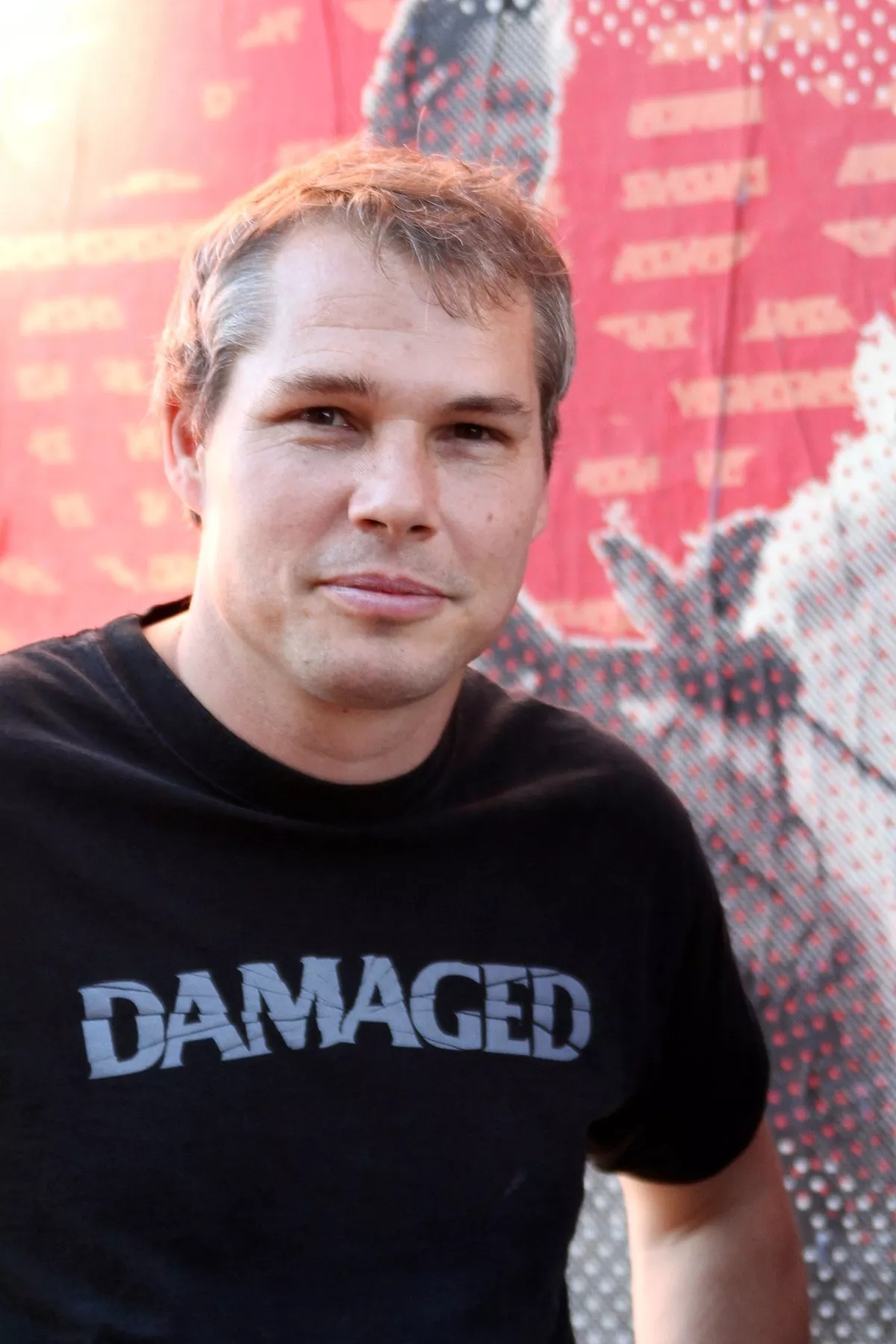 1.
1. Shepard Fairey's work is included in the collections at The Smithsonian; the Los Angeles County Museum of Art; the Museum of Modern Art in New York City; the Museum of Contemporary Art San Diego; the National Portrait Gallery in Washington, DC; the Virginia Museum of Fine Arts in Richmond; and the Victoria and Albert Museum in London.